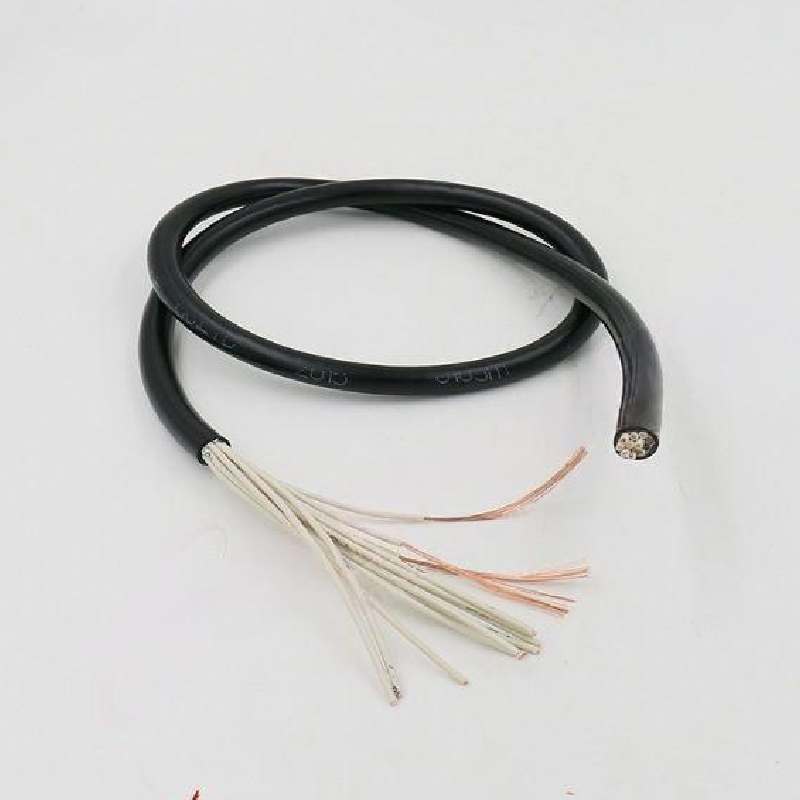9 月 . 05, 2024 21:50 Back to list
High-Quality Stainless Steel Butterfly Valve - Durable & Efficient Flow Control
The Stainless Steel Butterfly Valve A Key Component in Modern Piping Systems
In the world of fluid control, the stainless steel butterfly valve stands out as a crucial component for regulating the flow of liquids and gases in various industrial applications. Its design, efficiency, and durability make it a preferred choice for engineers and operators in numerous sectors, including water treatment, chemical processing, and HVAC systems.
What is a Butterfly Valve?
A butterfly valve is a quarter-turn valve that uses a rotating disc to control the flow of fluids. The disc is mounted on a shaft and is positioned within the pipe. When the valve is closed, the disc blocks the flow, and when it is open, the disc rotates parallel to the flow direction, allowing fluid to pass through. This simple yet effective design enables rapid opening and closing, usually in less than a quarter turn.
The Advantages of Stainless Steel
The use of stainless steel in the construction of butterfly valves brings a host of benefits. Stainless steel, known for its corrosion resistance and strength, is particularly suited for applications where harsh conditions are prevalent. This material provides longevity and reliability, reducing maintenance costs and the frequency of replacements. Moreover, stainless steel valves can handle high temperatures and pressures, making them suitable for a wide range of applications across diverse industries.
Applications of Stainless Steel Butterfly Valves
Stainless steel butterfly valves are versatile and are commonly used in various applications
stainless steel butterfly valve

1. Water and Wastewater Treatment In these settings, the valves help manage flow rates in treatment plants and pipelines, ensuring efficient operation and compliance with environmental regulations.
2. Chemical Processing The ability to withstand corrosive chemicals makes stainless steel butterfly valves an ideal choice for chemical manufacturing and processing facilities.
3. HVAC Systems They regulate airflow in heating, ventilation, and air conditioning systems, helping to maintain optimal conditions in residential and commercial buildings.
4. Food and Beverage Industry Sanitary stainless steel butterfly valves meet strict hygiene standards required in food processing and beverage production.
Installation and Maintenance
Installing stainless steel butterfly valves is straightforward, and they can be fitted into any piping system with relative ease. Maintenance is minimal, primarily focusing on periodic inspections and cleaning. Regular checks help to ensure that the valve operates smoothly and that the seals remain effective, preventing leaks and maintaining system integrity.
Conclusion
In conclusion, the stainless steel butterfly valve is integral to fluid control systems across various industries due to its durability, efficiency, and versatility. As industries continue to evolve and demand innovative solutions to manage fluid dynamics, the role of stainless steel butterfly valves becomes even more significant. With advancements in technology and materials, these valves will likely continue to support industries while enhancing operational efficiency and safety. Whether in the infrastructure of wastewater treatment plants or the precise environments of food manufacturing, the stainless steel butterfly valve remains a steadfast component driving modern engineering solutions.
Share
-
Understanding the Differences Between Wafer Type Butterfly Valve and Lugged Butterfly ValveNewsOct.25,2024
-
The Efficiency of Wafer Type Butterfly Valve and Lugged Butterfly ValveNewsOct.25,2024
-
The Ultimate Guide to Industrial Swing Check Valve: Performance, Installation, and MaintenanceNewsOct.25,2024
-
Superior Performance with Industrial Swing Check Valve: The Essential Valve for Any SystemNewsOct.25,2024
-
Industrial Swing Check Valve: The Ideal Solution for Flow ControlNewsOct.25,2024
-
You Need to Know About Industrial Swing Check Valve: Functionality, Scope, and PerformanceNewsOct.25,2024